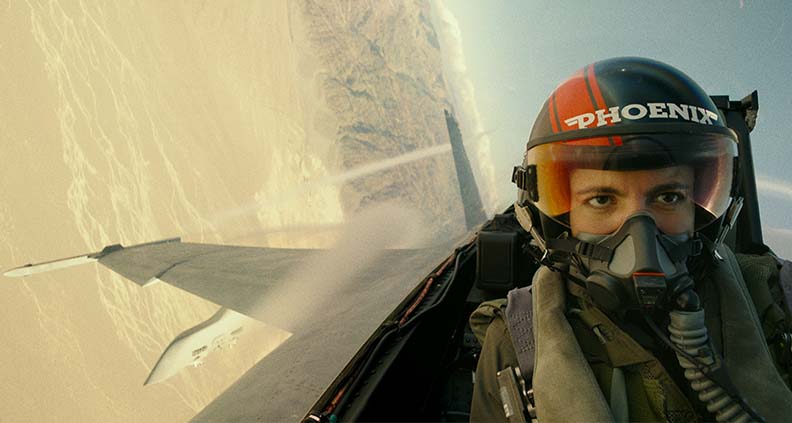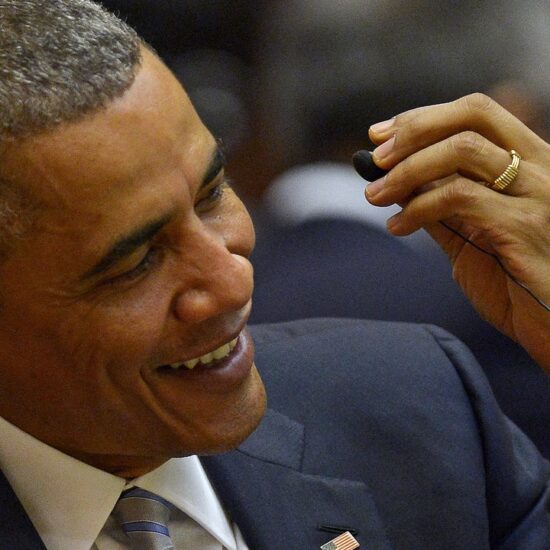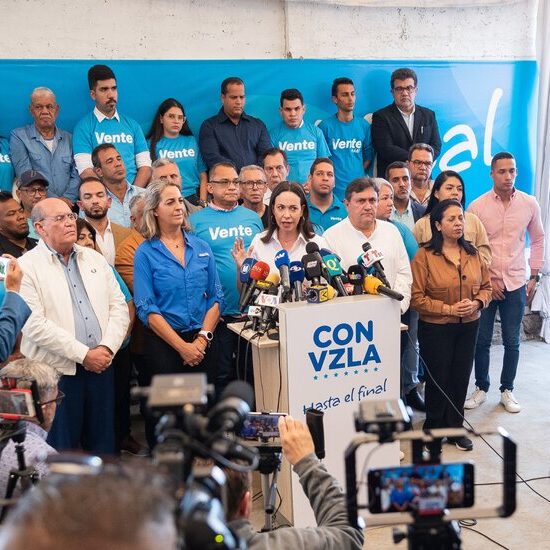
A wildly entertaining visual feast and last year’s highest-grossing film at the domestic box office ($719 million and counting), Top Gun: Maverick has been lauded for giving theatrical a jolt of life in the long-gestating streaming vs. theatrical battle of the post-COVID Hollywood landscape. This is thanks in no small part to the groundbreaking aerial photography in the film shot by Oscar-winning cinematographer Claudio Miranda, ASC.
Miranda’s fifth collaboration with director Joseph Kosinski (Only the Brave, Oblivion, Tron: Legacy), the legacy sequel picks up some 30 years after we last saw our favorite rule-flouting ace naval aviator. Now a Captain in the United State Navy, Pete “Maverick” Mitchell (Tom Cruise) is called back to Top Gun—the Navy Fighter Weapons School—to train “the best of the best” for an upcoming perilous mission that requires “nothing less than two consecutive miracles.”
With stellar word-of-mouth and a 96% Tomatometer score, the spectacular cinematic love letter to aviation boasts a high repeat customer factor: according to Paramount, 16% of Maverick viewers have seen the film more than once, with 4% going as far as seeing it more than four times. So why have moviegoers flocked to this one film over and over again?
With the Paramount/Skydance Media release sitting pretty atop six Oscar nominations—including a spot in the coveted Best Picture race—we sat down to chat with Miranda, one of the film’s key architects, to unpack the secrets behind its astounding success.
Commitment to Authenticity: Capturing Practical Effects In-Camera
If you ask Miranda, he’ll tell you that one of the reasons Top Gun works so well for audiences is its “all-in” commitment to practical action, capturing the gravity-defying aerial sequences in-camera from inside the cockpit of an F/A-18 Super Hornet fighter jet–a first in filmmaking history. “Why I think people are reacting so strongly to this movie is because you’re really going on the ride. It’s not a synthetic background where people are acting like they’re pulling g’s,” says Miranda.
Much has been written about the intense five-month flight training program that Cruise—also a producer on the film—created to prepare his younger colleagues for what is to come. “It was hard on the actors, with their bodies being stressed and their faces being stretched back with the g-forces that they’re pulling, getting close to blacking out and pushing their bodies to the limits,” says Miranda. “It’s really an amazing testament to the actors’ commitment that we could keep this in-camera.”
“An aviation film like this has never been done before, and chances are, will never be done again,” adds producer Jerry Bruckheimer, in one of Paramount’s behind-the-scenes featurettes. Along with his late producing partner Don Simpson, Bruckheimer also produced the original Top Gun almost four decades ago. As Miranda alluded to earlier, green screens and CGI simply won’t do for this decades-in-the-making legacyquel, as Cruise stood firm on the need to put the audience where they have never been before—in the pilot’s seat of an F-18 soaring in the skies. “It’s very important to me that it be [shot] practical, that we actually put the camera right in there and shoot the sequences for real,” shared Cruise, in the featurette.
Revolutionizing Aerial Cinematography with Help From the Navy
That tall order fell on Miranda’s shoulders, as he worked closely with Kosinski, Cruise and NAVAIR (the United States Naval Air Systems Command) to come up with a way to take aerial cinematography to previously unimaginable heights. Even before he was attached on the project, he started working with Sony to develop a next-gen camera that would be durable and solid enough to endure almost any environment. “The result was Sony’s Rialto Camera Extension system, which allows the remote sensor and lens to be separated from the body of the camera.” This turned out to be the key that made placing six Sony Venice IMAX-quality cameras inside the already-crammed cockpit of a fighter jet possible.
“First, I tested cameras and lenses on the L-39 [CineJet] to show the Navy a proof of concept,” Miranda recalls of the long pre-production process. Then, NAVAIR provided him with two Boeing F/A-18F Super Hornets—a single-seater and a two-seater—which were on loan at the cost of over $13,000/hour. “It was important to find the right model of the F-18 that could hold all the cameras. We got two older versions of the jet that didn’t have all the electronics in it, so there was more room on the glare shield to mount the cameras.”
Miranda’s crew needed an approach that would ensure safety, first and foremost, as the jets had to execute hypersonic low-altitude swoops and nail-biting aerial maneuvers while flying in excess of 500-knots (approximately 575 mph), especially when it came to the climactic Daggers mission in the Third Act. The cameras had to be bolted safely in place, steer clear of the ejection path in the event of a midair emergency, run on batteries to avoid straining the aircraft’s power system, and safely endure the stresses of pulling up to 7.5g in-flight (7.5 times the force of gravity). Sometimes, the proposed camera mounting set-up would take three months to get approved while the flight paths needed to execute the filming runs also had to be cleared by NAVAIR before they could go up with any actors.
The unprecedented cooperation from the Navy included a team of artisans, engineers and staff from Fleet Readiness Center Southwest (FRCSW), who devoted 1,000 hours to the production of the film. Their crucial contribution included painting the F-18s used in the film, installation and design of the A/V equipment in the cockpit, and stress testing to ensure airworthiness of the aircrafts.
The production’s commitment to maximizing authenticity when it comes to military details is second to none. In addition to enlisting the help of six Navy technical advisors on production and incorporating story ideas from active-duty F-18 pilots, the film was shot on two active-duty aircraft carriers – the USS Abraham Lincoln and the USS Theodore Roosevelt – and five naval air stations around the country from 2018-2019.
The Cinematic Language of Speed
Miranda’s team captured the equilibrium-blasting aerial sequences in several ways to intensify the visual energy on-screen: cameras mounted inside the cockpits; cameras mounted externally to a second F-18 (a single seater without any actors) by ground crews filming from the desert or the mountains; and finally from veteran aerial coordinator and pilot Kevin LaRosa II, whose team captured footage from an L-39 CineJet and a helicopter. LaRosa’s team also included aerial cinematographers David B. Nowell, ASC and Michael FitzMaurice.

To capture every stomach-churning orthogonal roll and every inverted vertical dive from inside the cockpit, Miranda’s team came up with the six-camera setup. “There were two existing forward-looking mounts that were already in the cockpit for some other video that they were doing, so we were able to use those. Then, we mounted four rear-facing Venice cameras over the glare shield.” To minimize the profile of these cameras as much as possible, they used light, compact and wide-angle E-mount primes. In addition, due to the g-forces when executing certain aerial maneuvers—10 pounds becomes 50 pounds when you’re pulling 5g—they also needed lightweight lenses with close focus.
How fast each F-18 could push and what type of maneuvers could be performed were influenced by where the cameras were mounted. While the two-seater F-18 flying with the actor has six cameras mounted internally, the second F-18 has up to four cameras mounted to the exterior—one rear-facing Rialto on top behind the cockpit, two front-and-rear-facing cameras in the underbelly, and another on the underside of the wing. As a result, they were able to shoot over the actors’ shoulders to capture the sensory and visceral rush in-flight from the POV of the pilot and the WSO (Weapons Systems Officer) in the backseat.
Since the onboard computer system automatically throttles down to 3.5g when it detects something on the wings to protect the aircraft, the jet with externally mounted cameras was limited to maneuvers up to 3.5g. “When we were doing runs with the actors, including Tom, we wanted to be able to do 7.5g at the ready. So, when we did actor runs, we couldn’t have any external mounts, which was handled by another pilot who grabbed the external footage.”
Lensing the Emotional Landscape of Maverick
For all the buzz about Maverick’s adrenaline-inducing propulsive action in the skies, its emotional threads are surprisingly resonant for a kinetic action film, with much of the thematic undercurrent propelled by loyalty, duty, friendship and love. As Maverick tackles his new mission at Top Gun, he also reunites with old flame and single mom Penny (Jennifer Connelly), who owns the beachfront bar—The Hard Deck—near the base. But this time around, the romance is handled in a gentler manner, and in doing so, intensifying the emotional scope of the story.
The night before he leaves for the likely fatal mission, Maverick visits Penny at the bar to say goodbye. As she processes the gravity of the news, even without any dialogue between them, we can sense the emotional heft in the moment as they stand next to each other on the beach.
“We were very intimate with the cameras and how we shot it. I tried to keep the light as real as possible to make them feel connected to the scene. In terms of lighting, I kept it very tender on them. We kept some shallow focus, so when they are hugging on the beach, you see the Hard Deck in the background with some twinkling lights,” recalls Miranda of the emotionally-charged scene before Maverick goes to battle in the climactic sequence. “I was playing it like they were lit by the bar from far away. It felt like that set up the emotion for this farewell.”
This is what movies looked like, once. And this is what they can look like again, writes Washington Post film critic Ann Hornaday in her review of Maverick. After over a decade of caped superheroes trudging through multiverses to save humanity, it is nice to be reminded that sometimes, old-school practical action with real people and real stakes is all the superpower you need to deliver an enthralling cinematic thrill ride.
Miranda’s long list of accolades for Top Gun: Maverick includes the upcoming BAFTA Film Awards on February 19th and the American Society of Cinematographers Awards (ASC) on March 5th.
Film Independent promotes unique independent voices by helping filmmakers create and advance new work. To become a Member of Film Independent, just click here. To support us with a donation, click here.
More Film Independent…
[Header: Academy Award-winning cinematographer Claudio Miranda, ASC (right) and director Joseph Kosinski (left) on ‘Top Gun: Maverick.’ Source: Paramount Pictures]














